I just know I’m going to struggle with this post. I have so much affection and admiration for Kraków, and so many happy memories that keeping to a readable length may well prove impossible.
Polish cities have had to be masters of the art of survival. Nowhere is this better illlustrated than in Kraków, Poland’s ancient capital and seat of its kings for more than 500 years. I was in love with this city from the first time I walked, arm in arm with my Aunt Anna, into Spring sunshine-filled Rynek Główny, the magnificent market square at the heart of Stare Miasto, the old town.
I did not know then of the acid rain inflicted on the city by the post war communist regime. The construction of Nowa Huta, the largest steelworks in Europe, on the city’s outskirts was intended to humble a proud, cultured city by grafting on a new working class. If anything, it worked to strengthen anti-communist feeling, so that when opportunity presented itself, the steelworkers were quick to join Solidarity and agitate to overthrow their oppressors.
Kraków’s elegant buildings were little damaged by World War 2, since Hitler chose the city as his base of operations in Poland. Yet a mighty struggle was needed to reverse the damage to the city and its inhabitants by the toxic chemicals from Nowa Huta.
None of this is apparent in today’s Kraków. As I gazed in awe at the opulence and vast space of Rynek Główny, crowned by the Cloth Hall, Sukiennice, I was aware only of the gentle pressure of Anna’s arm. I’m trying to discount the presence of the cameras that followed us- Dad’s story had attracted media attention back home. https://restlessjo.wordpress.com/2011/10/24/exploring-the-polish-connection/ Flower stalls, candles and corn plaits filled the square with vibrant colour. It was almost Easter and traditional circular bread rings were on sale. My cousin Adam is a baker and it proved essential to sample these.
That day we didn’t linger, but I’ve returned many times since to Europe’s largest medieval market square. I find it magical, with the gentle clop of horses’ hooves as the costumed drivers steer their carriages through strolling tourists. Always, as the hour chimes, a cluster of people gaze skywards at the tallest tower of the Mariacki Church, St. Mary’s. Legend has it that during a Tartar raid on the city in 1241, the watchman tried to sound the alarm from this tower. He was cut short from his trumpeting by an arrow through the throat. An hourly tribute to this moment ends mid phrase, then the trumpeter waves cheerily to the crowd, and lives to repeat his performance.
An altogether different performance takes place inside the Mariacki Church at noon each day. (Sundays and saints’ days excluded) I found the cobalt blue ceiling with its panorama of stars and local artist Jan Matejko’s painted friezes truly beautiful, but it’s the opening of the high altar that draws the crowds. Carved by Nuremberg craftsman Veit Stoss, from 1477 to 1489, it’s one of the finest examples of Gothic art in Europe. The outer of the gilded limewood polyptych illustrates the life of the Holy Family. With great pomp and ceremony the outer panels are drawn back to reveal six superbly colourful scenes from Christ’s life, while “sleeping” Mary is watched over by the Apostles.
You need to purchase a ticket to witness the opening. A small ticket office in the adjacent square Pl. Mariacki opens shortly before each unveiling.
Back in Rynek Główny, the contrast with tiny St Adalberts, the oldest building in the square and the first church to be founded in Kraków, couldn’t be greater. It’s serenely peaceful inside, and in the basement the original 10th century foundations are still visible.
The flamboyance of medieval Sukiennice constantly draws the eye. It has to be the prettiest indoor market I have ever seen. Inside the stalls are laden with amber and sparkly things, craftwork and woollens. Heraldic shields sit high on the whitewashed walls, a reminder that the richest of cloth merchants once worked here. In the cafes, under the arcades, writers and artists once met. Now tourists are catered for, with inflated prices. I prefer to sit at the edge of the square, looking in on an ever changing scene.
A bird’s eye view of the square can be obtained from the Ratusz, the lofty tower all that remains of a 14th century Town Hall. It now houses a Tourist Information office, with useful maps detailing the many restaurants and places of interest.
Twice I have eaten cake at no 15, Hotel Wierzrynek, Kraków’s oldest and most famous restaurant. Charles de Gaulle, Steven Spielberg, Yehudi Menuhin- and me! The grandest restaurant I’ve been in, other than London’s Ritz. www.wierzrynek.pl
Much simpler, but quite delicious, I found Chimera, at 3 Sw. Anny, just off the Rynek. A pretty enclosed courtyard, offers buffet style with lots of choice, or you can eat in the classier basement restaurant if you can afford more than student prices. www.chimera.com.pl
Just around the corner lies Collegium Maius, part of the Jagellonian University, where Copernicus allegedly studied in the 16th century. It surrounds an imposing courtyard. Guided tours can be booked from a ticket office as lovely as any I have ever seen.
Florianska is one of my favourite streets. Leading north from the Rynek, the architecture is powerful, old and new mingling with surprising ease. High fashion hides behind grand old facades and at Jama Michalika, no 45, afternoon folklore shows take place in a cavernous interior. Florianska Gate, at the end of the street, marks the edge of Stare Miasto. Artists’ impressions hang on the old defensive walls of the city. Once there were 3 kilometres of wall, 10 metres high and almost 3 thick, with 47 bastions. Only Barbakan remains, a lonely giant. The old town is surrounded by the green and leafy Planty, which follows the course of the old ramparts.
Heading south from the Rynek, Grodzka follows the traditional route of the Polish monarchs to the glory that is Wawel Hill. Part of the old trade route to Hungary, it passes by the Dominican and Franciscan churches, and the mighty Basilica of SS. Peter and Paul. Beckoning in the distance, the spires of Wawel Castle and Cathedral.
Wawel is the spiritual and patriotic heart of Poland. Even after the capital was moved to Warsaw, Polish monarchs continued to be buried in Wawel Cathedral, along with many of the nation’s heroes and writers. You will find as many Poles as foreigners looking around this awesome sight, justifiably proud of their heritage. Pope John Paul 2nd, who gave his first mass as a priest there and became a much loved Archbishop of Kraków, described the cathedral as “the sanctuary of the nation”. The first cathedral was built here around 1020, and fragments of the original can still be seen. I never saw so many beautiful shrines in one space. The largely Gothic Cathedral is as lovely outside as within. It’s a bit of a scramble up Sigismund Tower to view the mighty bell “Zygmunt” and its four medieval companions, but the views are fine.
Wawel Castle spins a fairy tale if ever there was one. One of my best memories is of viewing it from the sky in “Balon Widokowy”- a tethered hot air balloon on the banks of the River Wisła (Vistula). The Castle was the royal residence until 1609. The internal courtyard is immense. Surrounded by 3 tiered arcades, it has the feel of an Italian palazzo. The Royal Chambers are furnished in Renaissance style and contain 136 well-travelled Flemish tapestries from the 16th century. At the outbreak of World War 2 many of the castle treasures were spirited abroad. Just as well because occupation by Governor Hans Frank and his Nazi henchmen followed. The tapestries were only partially recovered, many of them returning from Canada in 1968.
Admission to the Royal Chambers is free on Sundays. Separate tickets are needed for Castle and Cathedral and I could fully recommend the Castle tour. Details on www.wawel.krakow.pl
Oh dear! I’ve only just scratched the surface and I haven’t even mentioned Kazimierz, the charismatic Jewish Quarter. Or the szopki, nativity scenes very special to Kraków. Or Wieliczka– salt mines such as you’ve never seen, with salt crystal chandeliers. Or the views from Kosciuszko Mound (don’t go on a hazy day, as I did!) Or, more seriously, Auschwitz.
Just as well I can put these into other A-Z posts! Meantime, for all the things I haven’t told you www.krakow.pl is an excellent site, with English version available. Transport, what to see, events- it’s all there.
Kraków is an emotionally charged city for me and I hate it when I see it dismissed as “a venue for stag nights and hen parties”. Having survived so much, I’m sure it can overcome this image. Do go and see for yourself.
I’ll close with some Easter symbols: eggs, the candles bought for me in the Rynek by Aunt Anna and an Easter blessing.
Few things stranger than life, and just after posting this I got a “shout” from Mark of Travels of a Non Traveller, who was in Krakow. He has some great tips on free walking tours so just follow his link.

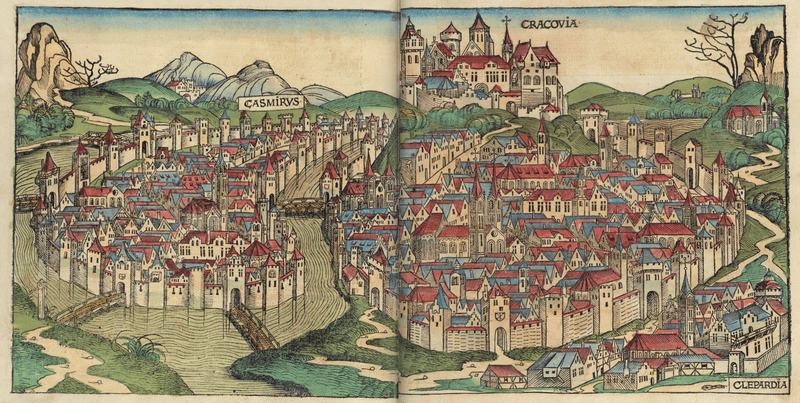
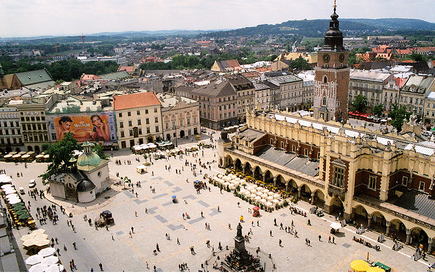
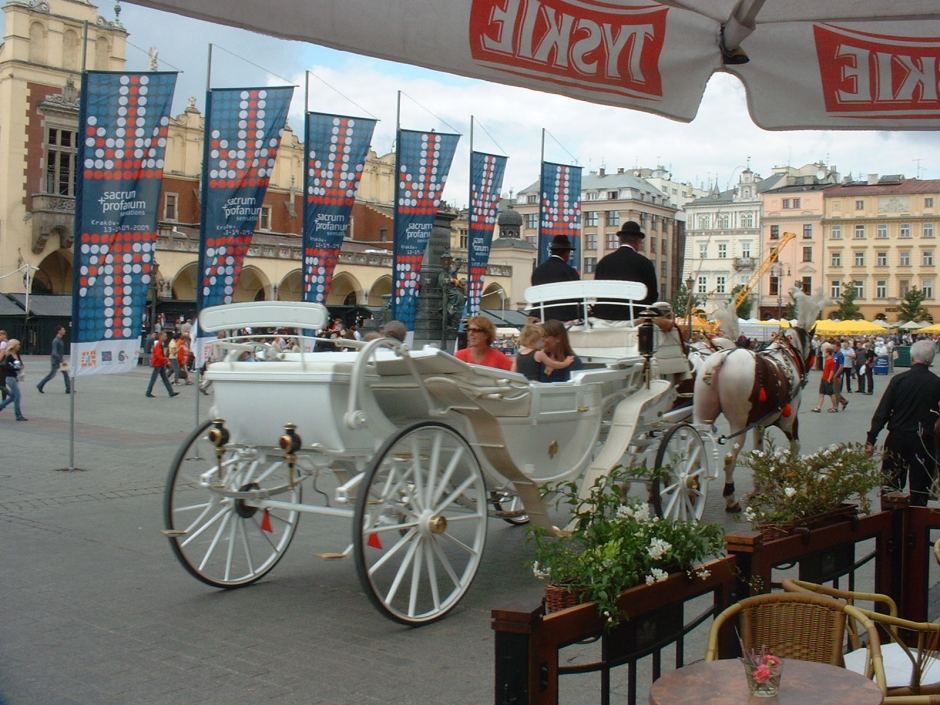

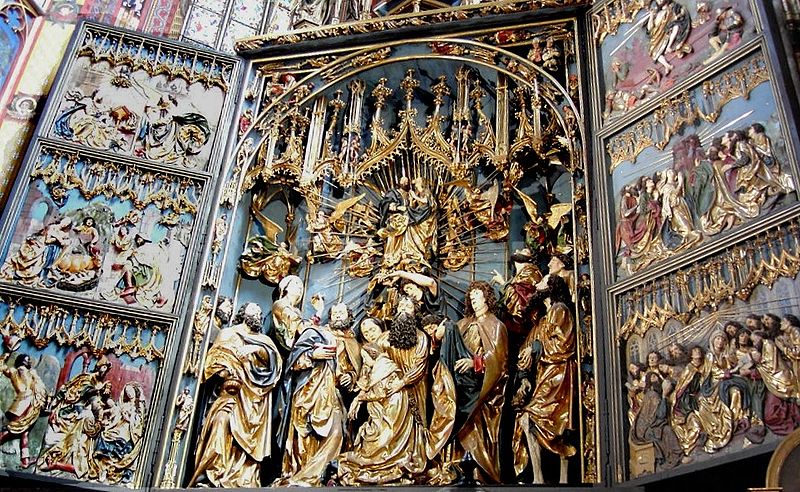

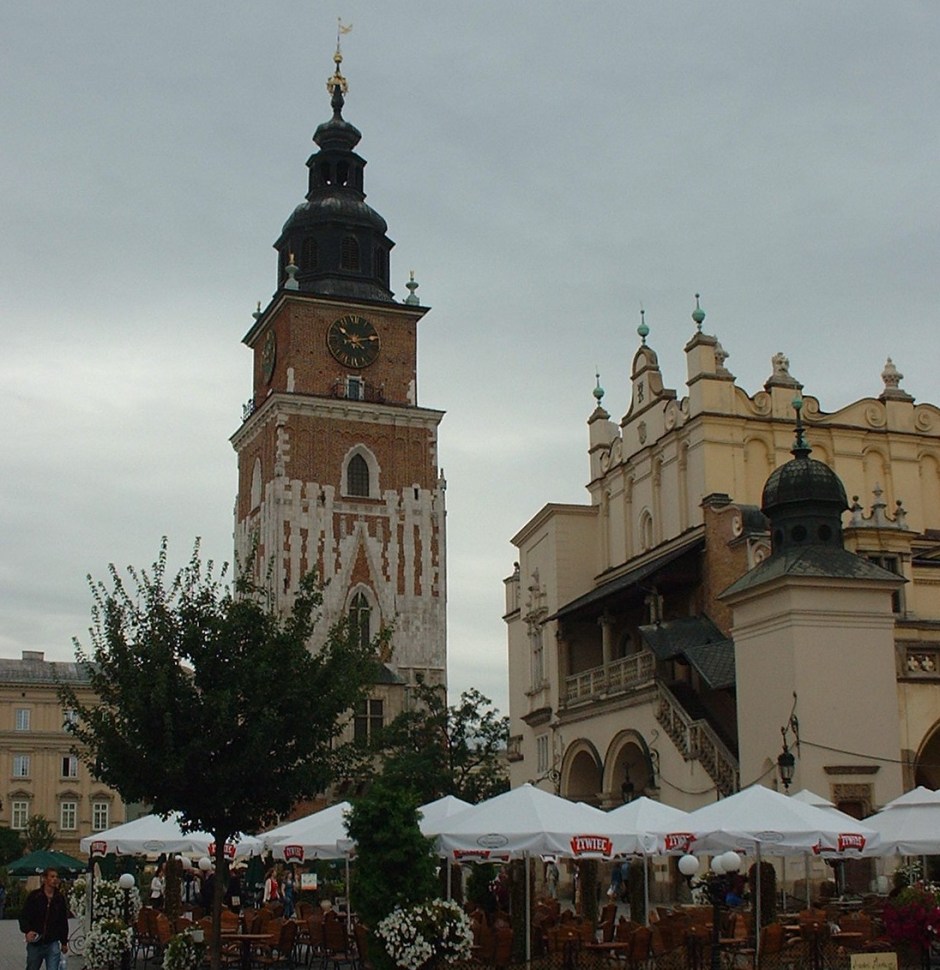
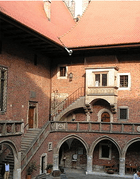
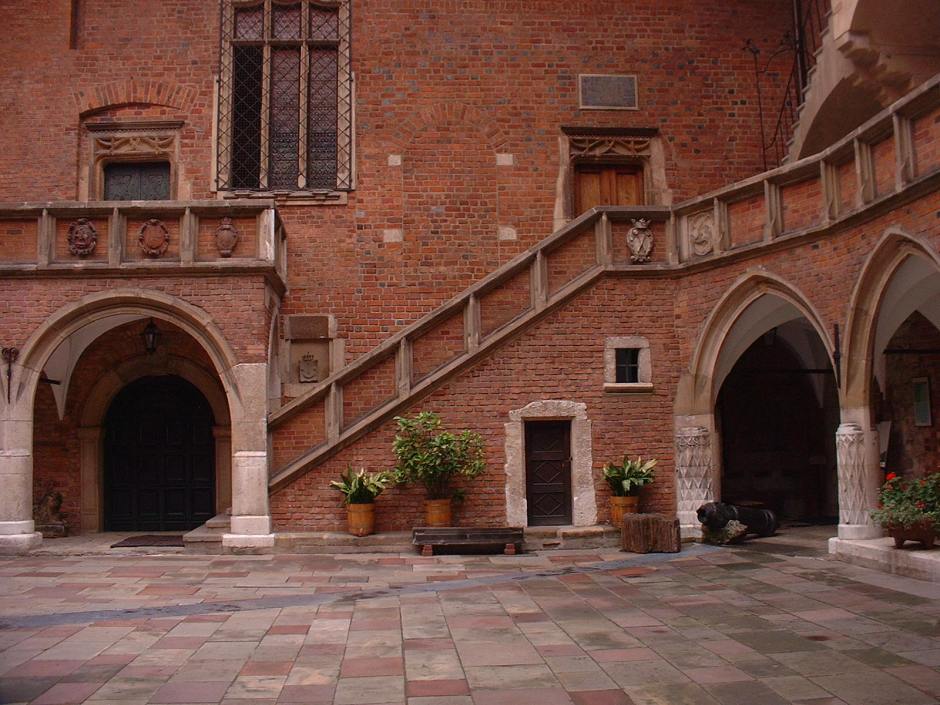

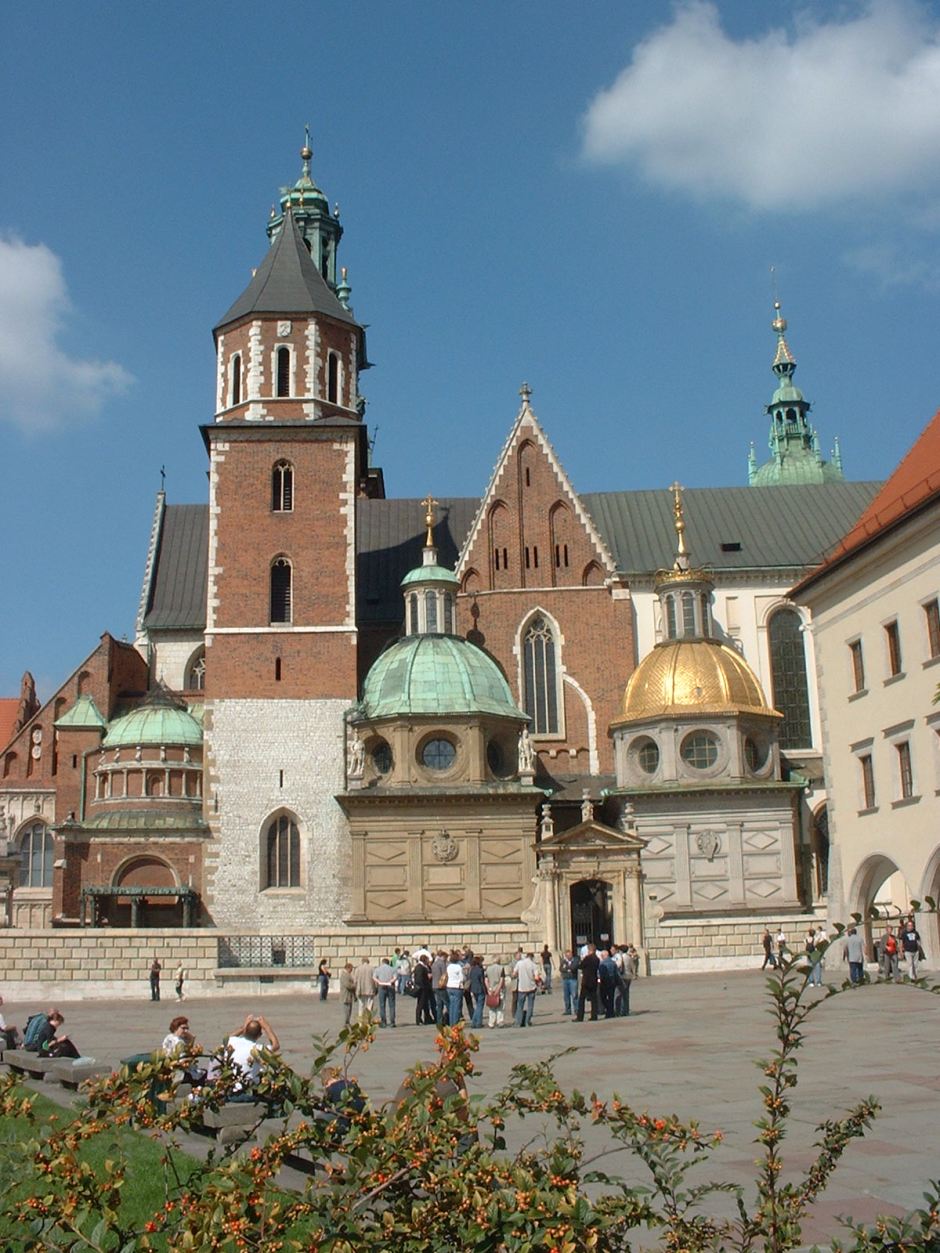



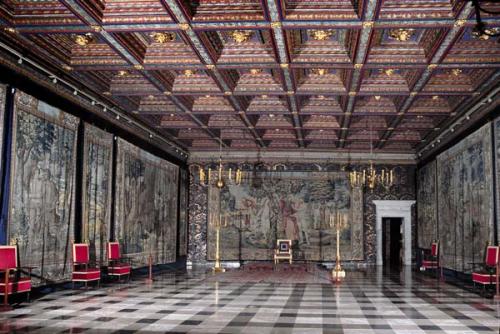




Nice post…
LikeLike
Thanks a lot 🙂 🙂
LikeLiked by 1 person
I’m glad you mention that it is more than a stag weekend, I hope it manages to loose this fairly recent label. Prague went downhill very quickly in my eyes once the weekend hordes descended fuelled by stronger beer than they were used to!
A beautiful city, but go during the week 🙂
LikeLike
I’ve never seen Prague, Eddy. I’m sure that a little wandering will take you away from the undesirables, but it’s a fact of life that with cheap travel these beautiful cities are opened up to everyone. 🙂
LikeLiked by 1 person
Wow.. like your post on Warsaw, this is one I’ll be bookmarking and using as a reference for our time in Krakow. Luckily, we’ll be there a little bit longer than Warsaw (about 3 days), so hopefully we can fit most of these places in during our visit (unlikely, but hopefully). Our apartment (via airbnb) will be about two blocks from the main square, so at least it’ll be convenient!
LikeLike
That’s a great situation. You need to book for Wawel Castle, but it’s worth it. And you should try to see a little of Kazimierz too. We did a walking tour with a guide who was wonderfully informative. Are you going to Wroclaw, too? I was there last August and loved it.
LikeLike
Hi, I enjoy your blog and I have nominated you to receive the HUG AWARD. You can pick it up here: http://wp.me/p23TG1-zL
Take as much time as you want to respond, if you choose to do so. It took me a while to respond to this second one.
BE ENCOURAGED! BE BLESSED!
LikeLike